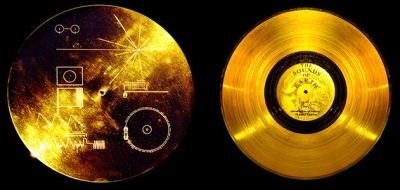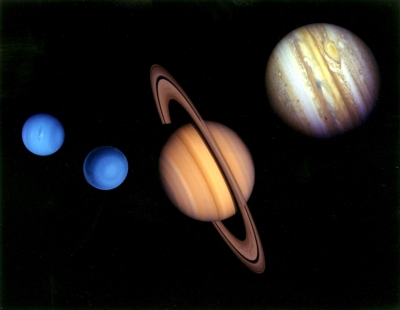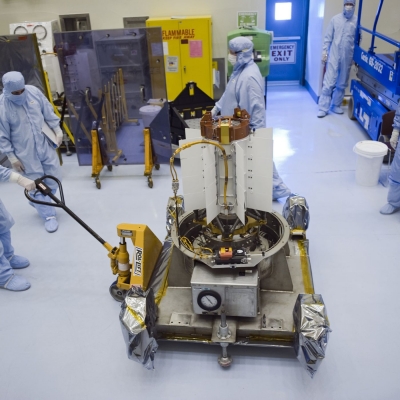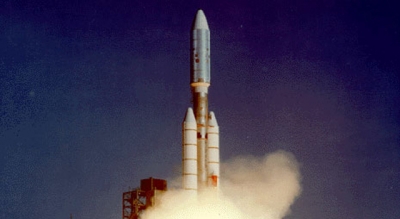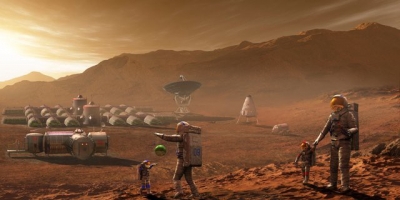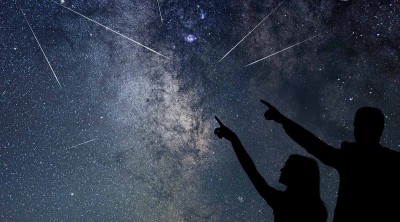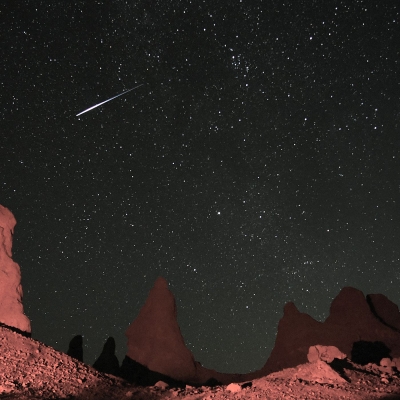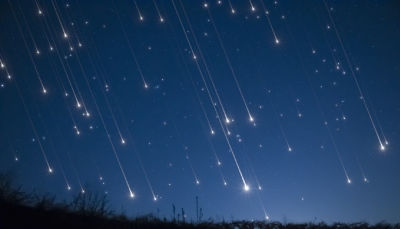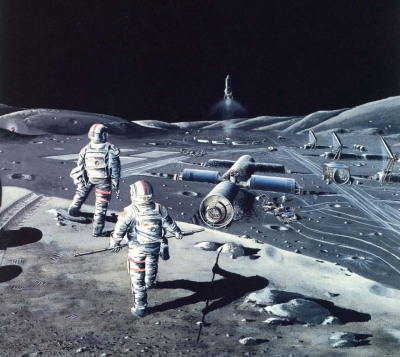
The Quadrantids
The Quadrantids give off their own New Year’s fireworks show. Compared with most other meteor showers, they are unusual because they are thought to have originated from an asteroid. They tend to be fainter with fewer streaks in the sky than others on this list.
Visibility: Between the end of December and the second week of January
The Lyrids
There are records from ancient Chinese astronomers spotting these bursts of light more than 2,700 years ago. They blaze through the sky at about 107,000 mph and explode about 55 miles up in the planet’s atmosphere. This shower comes from Comet Thatcher, which journeys around the sun about every 415 years. Its last trip was in 1861 and its next rendezvous near the sun will be in 2276.
Visibility: Between April 16 and 26
The Eta Aquariids
The Eta Aquariids are one of two meteor showers from Halley’s comet. Its sister shower, the Orionids, will peak in October. Specks from the Eta Aquariids streak through the sky at about 148,000 mph, making it one of the fastest meteor showers. Its display is better seen from the Southern Hemisphere where people normally enjoy between 20 and 30 meteors per hour during its peak. The Northern Hemisphere tends to see about half as many.
Visibility: Between April 19 and May 28
The Southern Delta Aquariids
They come from Comet 96P Machholz which passes by the sun every five years. Its meteors, which number between 10 and 20 per hour, are most visible predawn, between 2 a.m. and 3 a.m. It tends to be more visible from the Southern Hemisphere.
Visibility: From July 12 to August 23
The Perseids
The Perseids light up the night sky when Earth runs into pieces of cosmic debris left behind by Comet Swift-Tuttle. The dirty snowball is 17 miles wide and takes about 133 years to orbit the sun. Its last go-round was in 1992.
Usually between 160 and 200 meteors dazzle in Earth’s atmosphere every hour during the display’s peak. They zoom through the atmosphere at around 133,000mph and burst about 60 miles overhead.
Visibility: From mid-July to mid-August,
The Orionids
The Orionids are an encore to the Eta Aquariid meteor shower, which peaks in May. Both come from cosmic material spewed from cosmic material spewed from Halley’s comet. Since the celestial celebrity orbits past Earth once every 76 years, the showers this weekend are your chance to view the comet’s leftovers until the real deal next passes by in 2061.
Visibility: From October 2 to November 7
The Leonids
The Leonids are one of the most dazzling meteor showers and every few decades it produces a meteor storm where more than 1,000 meteor can be seen an hour. Cross your fingers for some good luck – the last time the Leonids were that strong was in 2002. Its parent comet is called Comet-Temple/Tuttle and it orbits the sun every 33 years.
Visibility: During mid-November
The Geminids
The Geminids, along with the Quadrantids that peaked in January, are thought to originate not from comets, but from asteroid-like space rocks. The Geminids are thought to have been produced by an object called 3200 Phaethon. If you manage to see them, this meteor shower can brighten the night sky with between 120 and 160 meteors per hour.
Visibility: First two weeks of December
The Ursids
The Ursids tend to illuminate the night sky around the winter solstice in the Northern Hemisphere. They only shoot around 10 to 20 meteors per hour. They appear to radiate from Ursa Minor, and come from Comet 8P/ Tuttle.
Visibility: Between December 17 and 26
Picture Credit : Google
